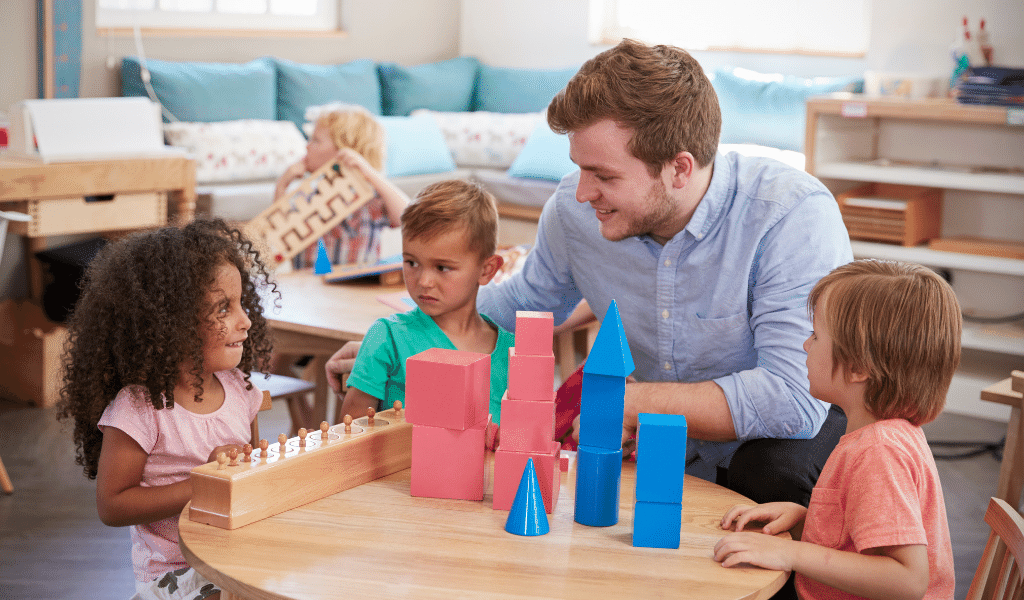Praise linked to behaviour charts is based on the theory that children can be conditioned to behave in certain ways through positive reinforcement. Research into this area has mainly focused on animal behaviour and has shown that if we do A the animal will do B. It relies on rewarding desirable behaviour so that this will be repeated and sometimes it includes punishing undesirable behaviour so that this will not be repeated. It believes that behaviour can be modified by offering extrinsic rewards or sanctions. However, although to a certain extent these systems work with children, this behaviourist approach ignores the world of emotions, the theory of self-worth and the power of intrinsic motivation.
When using behaviour charts, children may feel pressurised into behaving a certain way because they are scared of being publicly shamed or fearful that they will upset their teacher. Therefore there is a moral consideration here – should we be making children feel bad, frightened even, in order to encourage them to behave a certain way? It seems inappropriate to me, that despite everything we know and understand about trauma and the affect that cortisol has on the brain that schools and settings still rely on these outdated systems.

When children feel loved and accepted for who they are, they are more likely to respond positively to instructions and requests.
This technique is non-judgemental and more effective in helping children understand the impact of their behaviour. Try commenting on what they do well, for example saying, “You tried hard to take it in turns today…”
This is praise that includes a description to let the child know which part of their behaviour we are pleased about, for example, “You are listening really carefully!” This type of statement still helps children to feel good but focuses on effort and not attainment.
Tap into children’s intrinsic motivation by offering a highly stimulating and challenging learning environment to encourage sustained engagement. This will avoid children misbehaving due to boredom or inactivity.
This will help foster the characteristics of effective learning in our children, so that they become resilient, have a can-do attitude and are happy to try new things. We want our children to know that with enough hard work or effort anything is possible.

The way we use praise and rewards will determine the type of adults we grow. Do we want to grow passive, compliant children who always do what adults say without thinking for themselves, or do we want our children to think for themselves, to challenge authority if they need to and not be blindly obedient? Let’s focus on encouragement and tapping into children’s intrinsic motivation and then our praise or approval will not be needed and that reward chart can be thrown away!

Tamsin Grimmer is an experienced consultant and trainer, the early years director of Linden Learning and a part-time lecturer at Bath Spa University. She is the author of four books in early years practice: Calling All Superheroes, School Readiness and the Characteristics of Effective Learning, Observing and Developing Schematic Behaviour, and Developing a Loving Pedagogy.